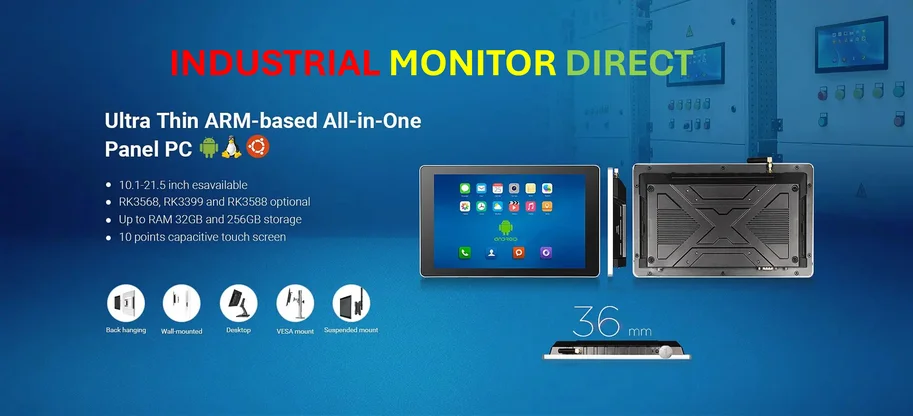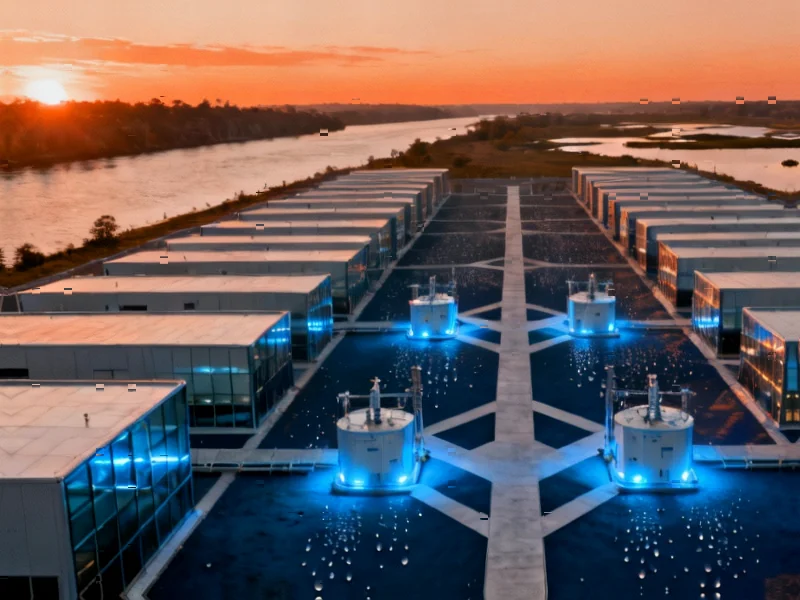According to TheRegister.com, Nutanix launched their Kubernetes Platform (NKP) last year to tackle enterprise container complexity, with VP Dan Ciruli explaining that manual Kubernetes deployments are “difficult” without third-party support. The platform provides automated lifecycle management across hybrid environments and integrates with Nutanix Cloud Platform for scale-out data services. In May 2025, they announced Cloud Native AOS, which extends enterprise storage directly into Kubernetes without needing a hypervisor. NKP already exceeds NSA/CISA security guidelines and supports air-gapped deployments for defense and healthcare sectors. Financial services firms like Edward Jones have adopted NKP to replace manual VM setups, citing benefits around cost transparency and AI readiness.
The Complexity Problem
Here’s the thing about Kubernetes: everyone knows it’s powerful, but nobody claims it’s easy. And the problem keeps getting worse as enterprises try to run containers across multiple clusters, hybrid clouds, and edge locations. You’re not just dealing with containers anymore – you’re juggling security protocols, compliance requirements, and vendor relationships that turn what should be simple into what Ciruli calls an “IT management morass.”
But the real headache? Legacy systems. Most containerization efforts focus on new applications, leaving thousands of existing VM-based applications stranded. So now you’re running two separate stacks, doubling your effort and hardware for what’s essentially the same goal. It’s wasteful, inefficient, and frankly exhausting for infrastructure teams.
The Nutanix Approach
Nutanix is basically trying to be the adult in the room. With NKP, they’re offering what public cloud providers already do for Kubernetes – make it easy to install and manage – but for on-premises and hybrid environments. Their argument is pretty compelling: why should cloud customers get all the simplicity?
What I find interesting is their recognition that containers aren’t replacing VMs anytime soon. Ciruli makes a great point about mainframes never really going away after the client/server transition. Applications in production tend to stay put for years, sometimes decades. So instead of fighting this reality, Nutanix is building platforms that manage both containers and VMs together.
The Storage Piece
Now, the Cloud Native AOS announcement from May 2025 is where things get really clever. Persistent storage has always been a tricky problem for Kubernetes, and Nutanix is tackling it by running storage microservices within Kubernetes itself. No hypervisor needed. This could be a game-changer for stateful applications that need reliable data persistence across distributed environments.
Think about it – if you can manage storage consistently across bare metal, virtualized, and containerized infrastructure, you’re solving one of the biggest headaches in cloud-native development. Data mobility and disaster recovery become much simpler when you’re not constantly translating between different storage paradigms.
Who Actually Needs This?
Looking at the adoption patterns, it’s clear this isn’t just theoretical. Edward Jones moved from manual VM setups to NKP specifically to support their growing client base. Defense and healthcare organizations are using the air-gapped deployment capabilities. Financial services seems particularly interested, probably because they have both the complexity and the budget to tackle it properly.
The real question is: how many enterprises are struggling with Kubernetes complexity but don’t have the in-house expertise to fix it? Probably more than we think. And that’s exactly the gap Nutanix is trying to fill – making enterprise-grade Kubernetes accessible to teams that can’t afford to become Kubernetes experts overnight.




